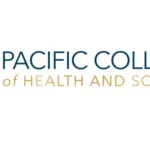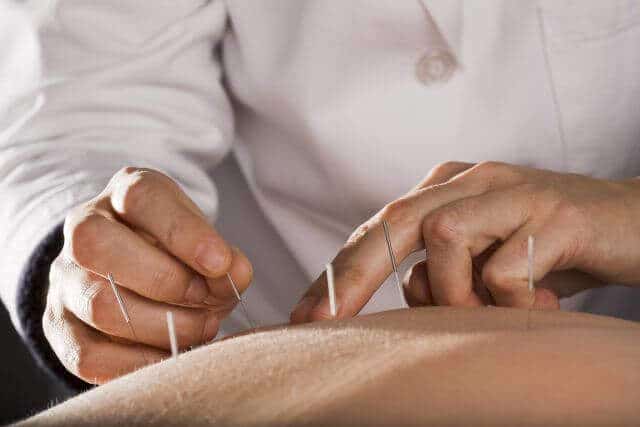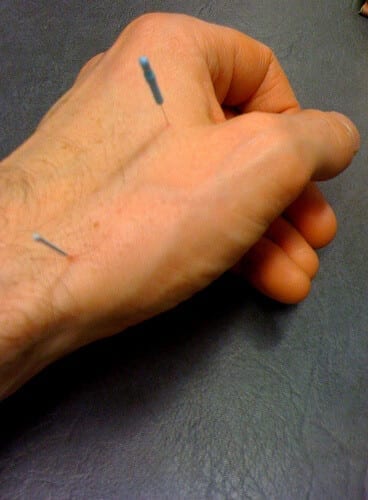Massage for IBS & Constipation

IBS, Irritable bowel syndrome, can cause a range of unpleasant symptoms. Irritable bowel syndrome affects the colon (large intestine) and symptoms include pain, cramps, diarrhea and constipation. IBS is a fairly common problem and its symptoms and their severity vary between individuals. Although IBS does not permanently damage the large intestine, it can be unpleasant …


